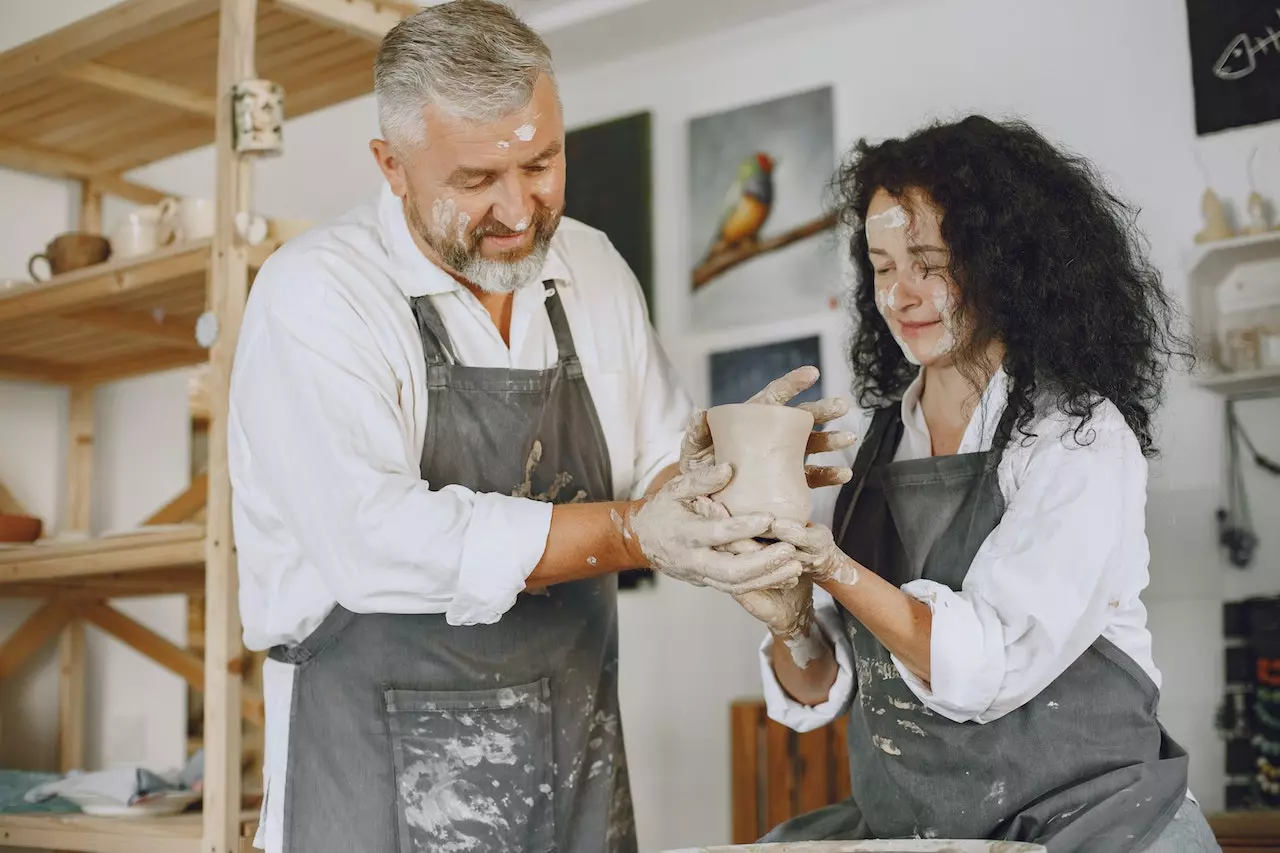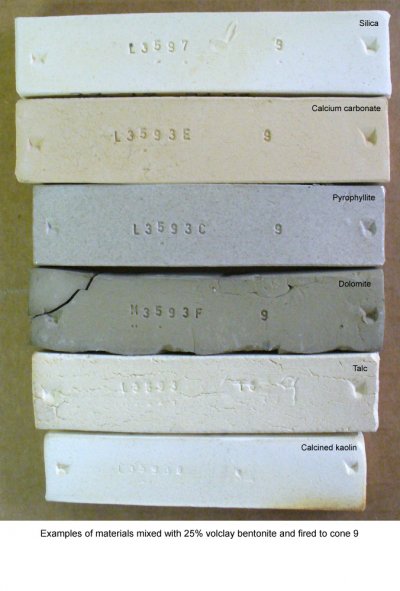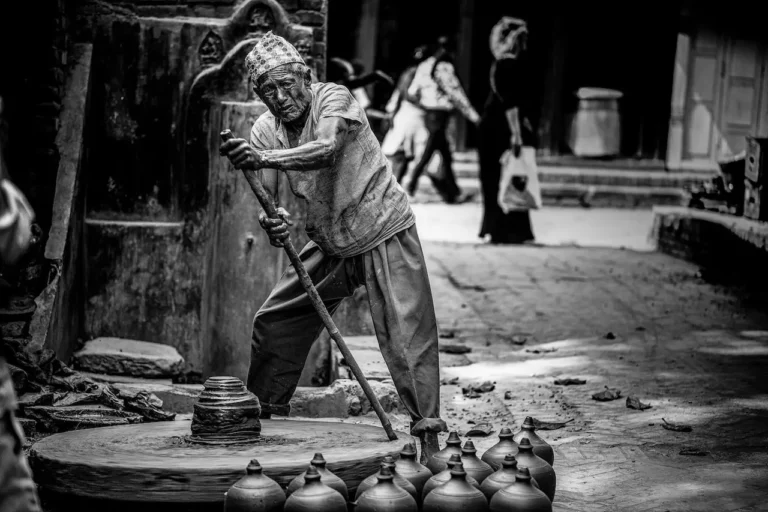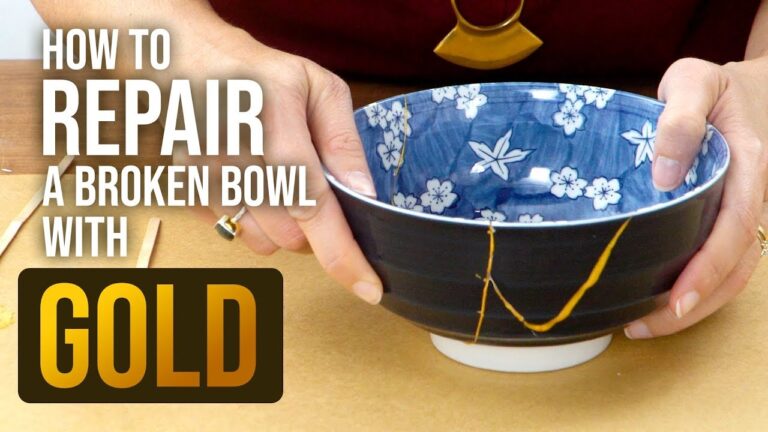From Clay to Masterpiece: Unveiling the Art of Pottery
Pottery has been a part of human civilization for thousands of years. It is not merely a craft or a practical skill but a form of art that carries cultural significance and artistic expression. In this article, we will explore why pottery is considered an art form, its rich history, the techniques and tools involved, and its impact on contemporary society.
1. History of Pottery
Pottery has its roots in ancient civilizations such as Mesopotamia, Egypt, and China. The earliest known pottery dates back to around 10,000 BCE and was made for practical purposes such as storing food and water. Over time, pottery evolved from being purely functional to incorporating intricate designs and artistic elements.
2. Techniques and Tools
Creating pottery involves a combination of techniques and tools. Artists shape clay using hand-building techniques like coiling, pinching, and slab construction. The potter’s wheel is another essential tool that allows for precision and symmetry in shaping vessels. Surface decoration techniques such as glazing, carving, and painting add aesthetic value to the finished pieces.
3. Pottery as an Art Form
Pottery is not limited to its functional aspects. It is a means of artistic expression, where artists can communicate emotions, ideas, and cultural heritage through their creations. The unique combination of form, texture, color, and design in pottery makes it a visual art form that engages the senses and evokes emotional responses.
4. Cultural Significance
Pottery holds immense cultural significance in various societies around the world. It reflects the traditions, beliefs, and values of a particular culture. In many indigenous communities, pottery-making is deeply rooted in their heritage and acts as a way to preserve their identity. Each culture has its distinctive pottery styles, techniques, and motifs, making it an important aspect of cultural heritage.
5. Pottery in Contemporary Society
In today’s modern society, pottery continues to thrive as both a functional craft and a form of artistic expression. Many contemporary artists push the boundaries of traditional pottery, experimenting with new materials, techniques, and concepts. Pottery finds its place in galleries, exhibitions, and art fairs, where it is celebrated as a unique art form.
6. Different Types of Pottery
Pottery encompasses a wide range of styles and types. From delicate porcelain to rustic earthenware, each type has its own characteristics and artistic appeal. Some popular types include porcelain, stoneware, terracotta, and raku. Each type offers distinct opportunities for artistic exploration and expression.
7. Famous Pottery Artists
Throughout history, numerous pottery artists have gained recognition for their exceptional skill and creativity. Artists like Josiah Wedgwood, Bernard Leach, and Beatrice Wood have made significant contributions to the world of pottery. Their works serve as inspirations for aspiring potters and continue to be revered for their artistic merit.
8. Challenges and Rewards
Pottery, like any art form, comes with its own set of challenges and rewards. The process of creating pottery requires patience, precision, and a deep understanding of materials and techniques. Overcoming these challenges brings immense satisfaction to artists, who find joy in the tactile experience of shaping clay and witnessing their vision come to life.
9. Pottery Workshops and Classes
Pottery workshops and classes provide opportunities for individuals to explore their creativity and learn the art of pottery. These spaces offer guidance from experienced artists, access to specialized equipment, and a supportive community. Attending such workshops not only enhances one’s artistic skills but also provides a therapeutic and meditative experience.
10. Pottery as Therapy
Pottery has therapeutic benefits and is often used as a form of art therapy. Working with clay can be calming and cathartic, allowing individuals to express themselves and reduce stress. The tactile nature of pottery engages the senses and promotes mindfulness, making it an effective tool for relaxation and self-expression.
11. Collecting Pottery
Collecting pottery has been a popular hobby for art enthusiasts and collectors. Each piece tells a story and carries the unique touch of the artist. Collectors appreciate the craftsmanship, artistic value, and historical context of pottery. It is a way to support artists and preserve their legacy for future generations.
12. Preserving and Displaying Pottery
Preserving pottery requires proper care and handling to maintain its beauty and longevity. Displaying pottery in a suitable environment, such as glass cabinets or shelves, allows for appreciation of its artistic details. Conservation methods, such as temperature control and careful cleaning, help protect the pottery from damage or deterioration.
13. Pottery Museums and Galleries
Pottery museums and galleries play a vital role in showcasing the diverse world of pottery. They provide platforms for artists to exhibit their works and educate the public about the art form’s history and significance. These cultural institutions contribute to the preservation and promotion of pottery as a valued art form.
14. FAQs
Q1: Is pottery only about making pots and vases?
No, pottery extends beyond pots and vases. It includes various forms such as sculptures, decorative objects, and even architectural elements.
Q2: Can pottery be considered a fine art?
Yes, pottery is recognized as a fine art form. Its combination of aesthetics, craftsmanship, and artistic expression places it within the realm of fine art.
Q3: Is pottery accessible to beginners?
Absolutely! Pottery workshops and classes cater to beginners and provide the necessary guidance and resources to learn and enjoy the art form.
Q4: How long does it take to master pottery?
Becoming a master potter takes time and practice. It can vary depending on individual dedication, but mastery often requires years of experience.
Q5: Are there any famous pottery traditions around the world?
Yes, there are several famous pottery traditions, such as Japanese ceramics, Chinese porcelain, and Native American pottery, each with its own distinct characteristics and techniques.
15. Conclusion
Pottery is a remarkable art form that combines practicality, creativity, and cultural heritage. Its evolution throughout history has transformed it from a functional craft to a captivating artistic expression. Pottery engages the senses, sparks emotions, and connects people across cultures. Whether creating, collecting, or admiring, pottery continues to captivate and inspire individuals worldwide.






